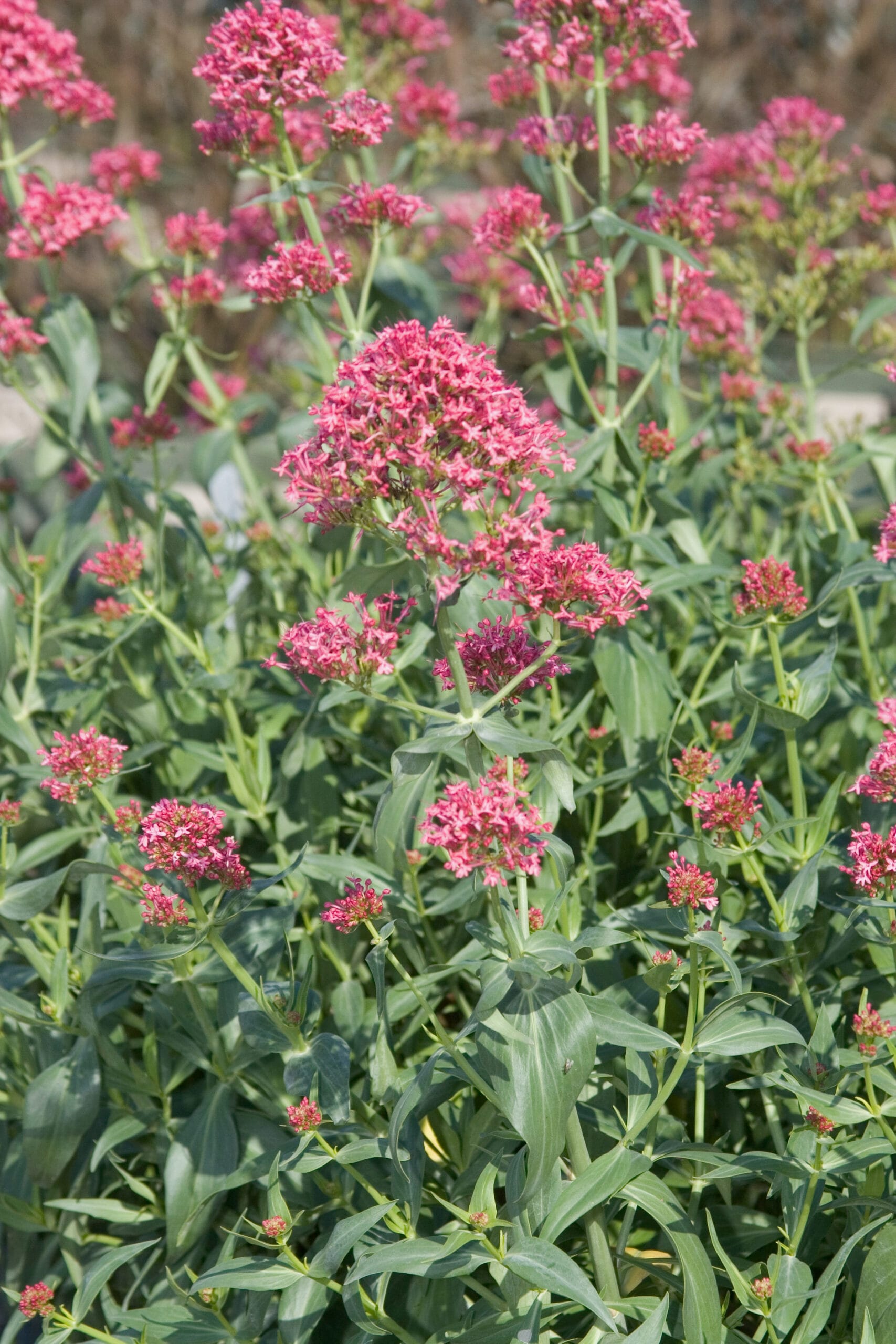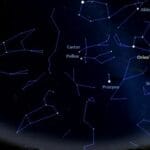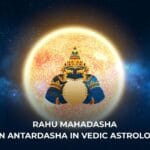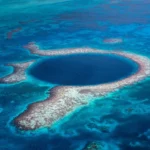Decoding Jupiter’s Whispy ‘Beard’
Ever seen a picture of Jupiter and noticed a wispy, feather-like patch in its atmosphere? It’s sometimes called “Jupiter’s beard” due to its resemblance to facial hair. But what is this cosmic phenomenon? It’s not actual hair, but a fascinating atmospheric occurrence. Let’s explore the science behind these feathery swirls, how they form, related Jovian weather phenomena, and notable observations from telescopes and spacecraft. Venture into the celestial neighborhood and discover the fascinating constellations that lie near the Great Bear by exploring the wonders surrounding the neighbor of ursa major. Embark on a cosmic journey to unravel the mysteries and connections between two iconic celestial formations, orion’s belt big dipper, and expand your knowledge of the night sky.
What is Jupiter’s Beard?
“Jupiter’s beard” isn’t an official scientific term, but rather a nickname for a visually distinct atmospheric disturbance. This disturbance likely arises from the complex interplay of Jupiter’s jet streams and turbulent atmospheric zones. These zones, like colossal rivers of wind flowing in opposite directions, sculpt the clouds into striking formations. “Jupiter’s beard” probably forms when powerful jet streams interact, whipping gases like ammonia and methane into these unique, elongated shapes. The process is akin to two strong ocean currents colliding and creating a swirling vortex, but on a much grander, gaseous scale within Jupiter’s upper atmosphere.
How Does It Form?
The exact mechanisms behind “Jupiter’s beard” are still under investigation. Scientists suspect the interaction of Jupiter’s ferocious jet streams and rotating storms plays a key role. These jets and storms can shear and twist ammonia and other compound clouds, creating the characteristic elongated shapes. Jupiter’s rapid rotation (a Jovian day is less than 10 Earth hours!) likely fuels these powerful jet streams. This swift rotation churns clouds of varying colors and compositions located at different altitudes, creating layered effects and bolstering the complexity of these displays. Variations in temperature and pressure may also contribute to the formation and evolution of “Jupiter’s beard”. Some experts believe that magnetic fields within Jupiter’s atmosphere might influence the cloud formations. Further research is needed to fully understand these complex interactions.
Related Jovian Phenomena
“Jupiter’s beard” is connected to a broader family of atmospheric events on the gas giant. The Great Red Spot, a massive centuries-old storm, smaller white ovals, and swirling cloud patterns are all linked by the same fundamental forces of heat, rotation, and jet streams. Ongoing research suggests these phenomena can interact and influence one another, producing a dynamic, ever-shifting atmospheric landscape. “Jupiter’s beard” might be a transient feature, appearing and disappearing based on the interplay of jet streams and nearby storms.
Notable Observations
Telescopes like Hubble and spacecraft like Juno have provided stunning visuals of Jupiter, including “beard-like” formations. These observations offer valuable data for researchers studying the planet’s atmospheric dynamics. However, interpreting these data is complex, leading to various theories about the underlying processes.
| Feature | Description |
|---|---|
| Jet Streams | Bands of high-speed winds circling Jupiter. |
| Vortices | Rotating storms of varying sizes. |
| Turbulent Gases | Chaotic mixing of gases like ammonia and hydrogen sulfide. |
| Cloud Colors | Probably due to chemical reactions and altitude differences. |
Our understanding of Jupiter’s atmosphere is continually evolving. New research may lead to revised interpretations and perhaps entirely new theories. For now, the ephemeral beauty of these swirling cloud formations on Jupiter serves as a reminder of the ongoing quest for knowledge in our solar system.
Is Jupiter’s Beard a Perennial?
The “Jupiter’s beard” cloud formations are not a permanent fixture, but rather a transient phenomenon. While the exact mechanisms are still being studied, the underlying atmospheric conditions that give rise to these formations are likely continuous. The swirling, turbulent nature of Jupiter’s atmosphere means that specific “beard-like” formations may appear and disappear over time. The interplay of jet streams, vortices, and turbulent gases likely creates a dynamic environment where such features are constantly evolving.
Should You Deadhead Jupiter’s Beard (the Plant)?
This section pertains to the Centranthus ruber plant, also known as Jupiter’s Beard or Red Valerian. Deadheading, or removing spent blooms, is highly recommended. This encourages the plant to put its energy into producing more flowers rather than seeds, resulting in a longer blooming period and preventing excessive self-seeding. Bi-weekly deadheading is ideal for continuous blooms. A late summer pruning, cutting back about one-third of the plant, further promotes vigorous new growth for the following year.
Is Jupiter’s Beard (the Plant) the Same as Valerian?
The plant known as Jupiter’s beard (Centranthus ruber) is often called red valerian, but it’s distinct from medicinal valerian (Valeriana officinalis). They belong to different genera within the same family. Jupiter’s beard is primarily an ornamental garden plant, prized for its vibrant flowers and drought tolerance, while medicinal valerian is known for its calming properties and is used in herbal remedies.
| Feature | Jupiter’s Atmospheric “Beard” | Red Valerian (Centranthus ruber) | Medicinal Valerian (Valeriana officinalis) |
|---|---|---|---|
| Nature | Atmospheric phenomenon | Ornamental flower | Medicinal plant |
| Location | Jupiter | Gardens | Fields, sometimes cultivated |
| Appearance | Swirling clouds, sometimes beard-like | Clusters of red, pink, or white star-shaped flowers | Clusters of small, pale pink or white flowers |
| Composition | Ammonia, methane, and other gases | Plant tissues, organic compounds | Plant tissues, including valerenic acid |
It’s important to differentiate between the atmospheric phenomenon on Jupiter nicknamed “Jupiter’s beard” and the garden plant that shares a similar common name. They are entirely unrelated. The plant Centranthus ruber offers numerous benefits for gardeners, including ease of care, attractive blooms, and the ability to attract pollinators. Its edible leaves add another dimension to its versatility. By understanding its characteristics and the differences between related plants, you can successfully cultivate and enjoy Jupiter’s Beard in your own garden.
- Red Cloud, NE: Discover Willa Cather’s Legacy - April 11, 2025
- Remember Old Social Media Sites? Their Rise and Fall - April 11, 2025
- How many days till Feb 3?Accurate Countdowns & Tools - April 11, 2025
















